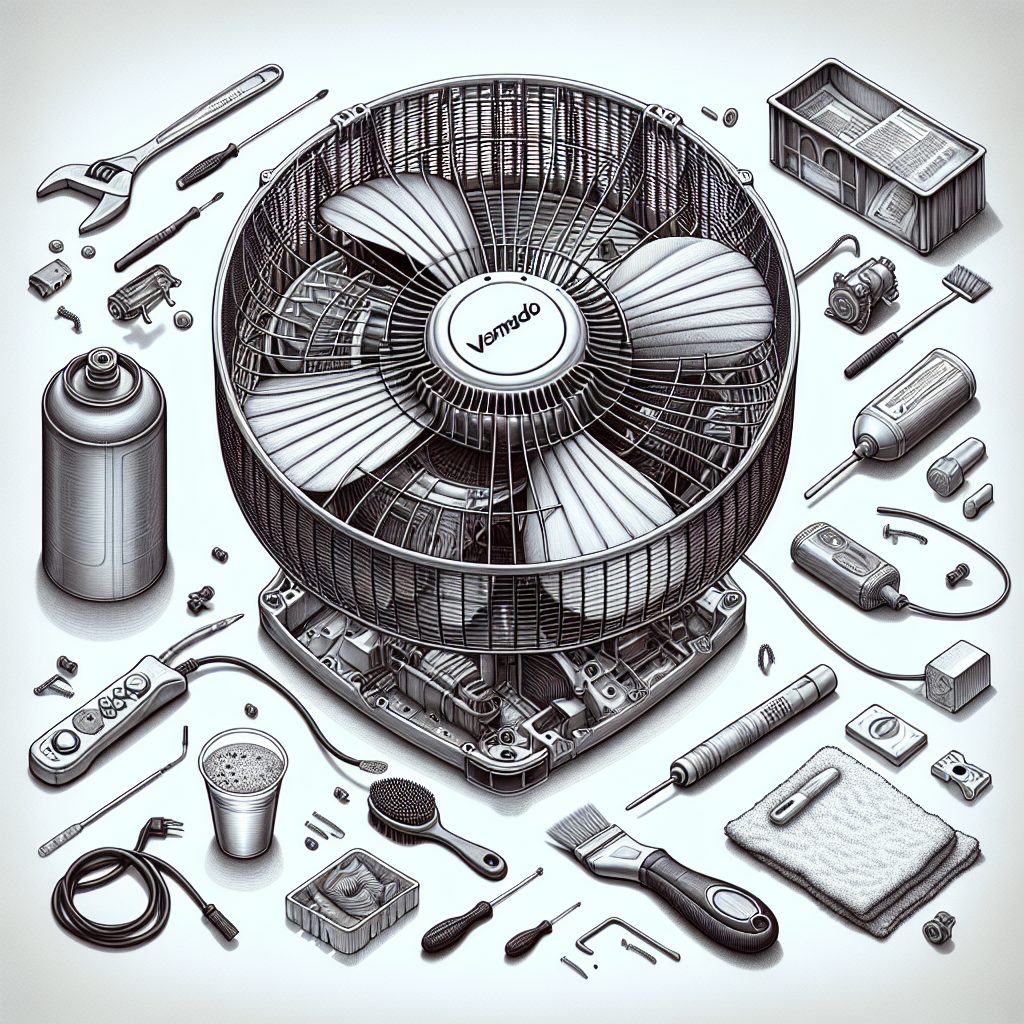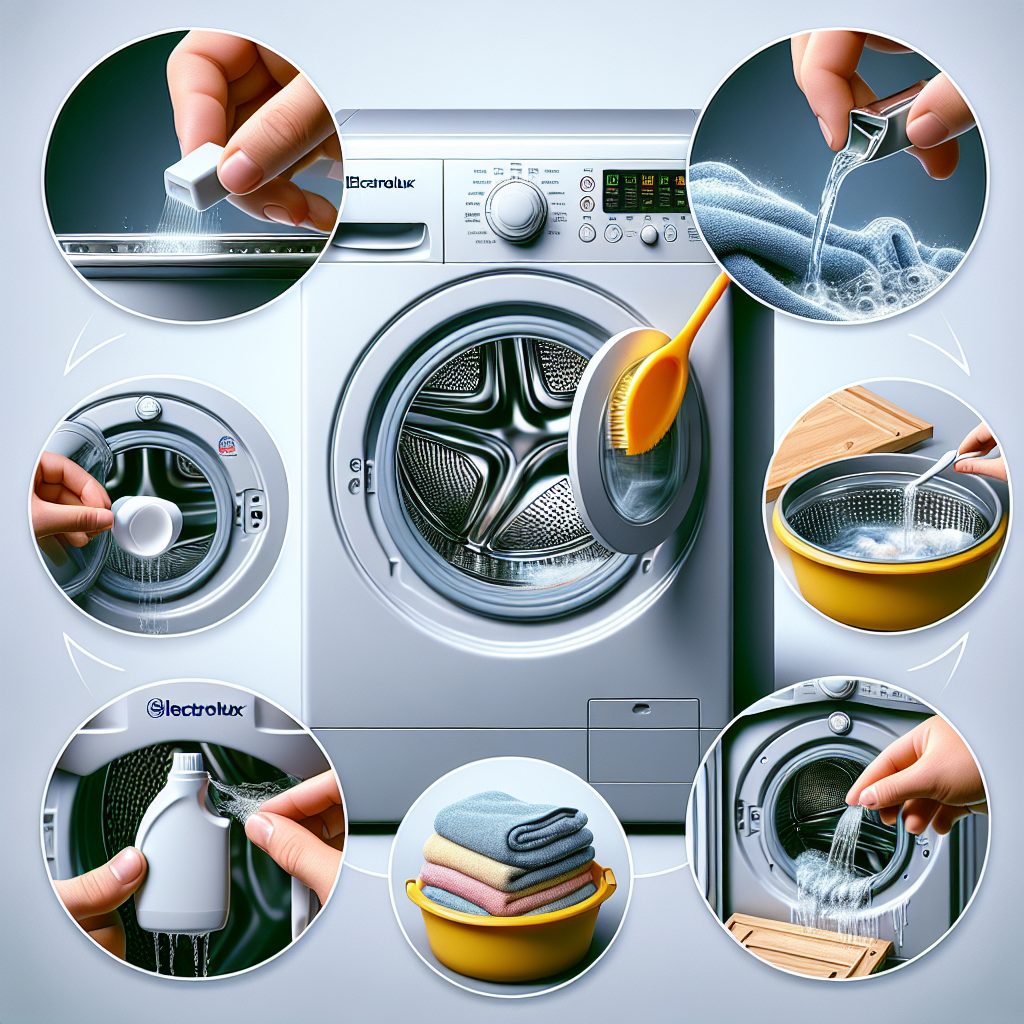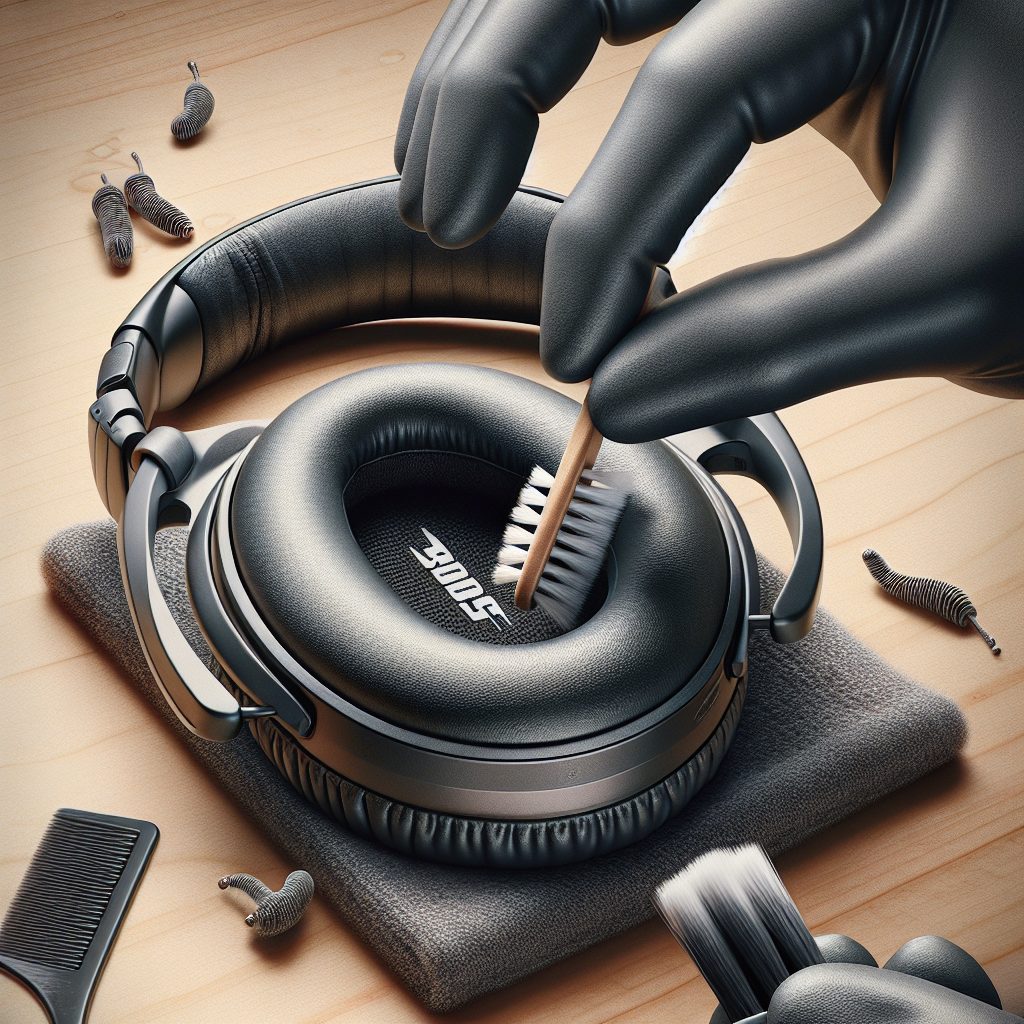Hearing aids are intricate devices designed to improve the quality of life for those experiencing hearing loss. Oticon hearing aids, in particular, are known for their cutting-edge technology and personalized sound experiences that cater to the unique needs of their users. However, to maintain their performance and ensure longevity, routine cleaning is paramount. Accumulated earwax, dust, and moisture can wreak havoc on the delicate components inside these sophisticated devices, leading to a reduction in sound quality or, worse, a complete malfunction. Therefore, learning the proper cleaning techniques becomes an indispensable part of the hearing aid user’s daily routine.
As we delve further into the essential maintenance of Oticon hearing aids, the forthcoming sections of this article will outline a series of easy-to-follow steps that guarantee your device continues to function at its optimal level. We will explore the significance of each step in the cleaning process and the best practices for handling your hearing aids with care. By adhering to these guidelines, you can extend the lifespan of your device, save on potential repair costs, and enjoy the full range of benefits that your Oticon hearing aids were designed to provide. Stay tuned as we gear up to present you with these key takeaways that will not only enhance your hearing experience but also safeguard your invaluable investment into better hearing.
Key Takeaways
1. Daily maintenance is important for preserving the optimal function of Oticon hearing aids. Users should gently brush off the microphone ports and any other openings using a soft, clean brush to remove dust, earwax, and debris. This prevents blockages that can affect the quality of sound.
2. Earwax buildup should be carefully removed from the hearing aid’s earpiece to ensure clear sound. Special attention is required because earwax can harden and become more difficult to clean over time. A wax pick or hook can be used to clear earwax from nooks and crannies, taking care not to damage any components.
3. Damp cloths can be used to wipe down the surface of the hearing aid, but users should avoid using water, cleaning fluids, or solvents, as they can damage the electronic circuitry inside. The device should be wiped gently to prevent any moisture from getting into the microphone or sound ports.
4. Hearing aids should be thoroughly dried if they are exposed to moisture. A drying kit or a dehumidifier is recommended for nightly use to remove any moisture that has accumulated throughout the day. This extends the life of the hearing aid and maintains its functionality.
5. Batteries need to be handled carefully, especially when they are being changed. The battery compartment should be cleaned periodically to prevent the buildup of dirt and grime, which can interfere with power supply and connectivity. The compartment needs to dry completely before inserting new batteries.
What Are The Best Techniques for Cleaning Oticon Hearing Aids?
Gather Your Cleaning Tools
Firstly, it’s crucial to have the right tools on hand for cleaning your Oticon hearing aids. These typically include a soft-bristled brush, a wax pick or wire loop, a dry cloth, and potentially a specialized hearing aid cleaning tool that can come in handy for more stubborn wax or debris.
Daily Cleaning Routine
To maintain optimal performance, a daily cleaning routine is recommended. Start by gently brushing the microphone ports and any other openings to remove loose debris. It’s advisable to do this over a soft surface or a cloth to avoid damage in case you drop the hearing aid. Holding the hearing aid with the microphone side facing downwards ensures that particles fall out rather than getting pushed back in.
Removing Earwax
Earwax can accumulate and block the sound outlet or the ventilation opening, leading to reduced hearing aid performance. To clean this, carefully use the wax pick to clear away any build-up. Do this gently to avoid damage. Some Oticon models have a wax guard that you can replace if it becomes too clogged.
Disinfecting the Device
To sanitize your Oticon hearing aids, wipe them with a dry cloth. Avoid using water, alcohol, or chemical cleaners, as they may damage the electronics. For in-the-ear models, cleaning the part that goes into the ear canal is particularly important.
Cleaning Rechargeable Oticon Hearing Aids
If you have rechargeable Oticon hearing aids, ensure that the charging contacts are clean to maintain good power transfer. Wipe these with a dry cloth to remove any grime or residue. Also, ensure the charging port and case are kept clean to prevent transferring any dirt onto the hearing aids.
Replacing Filters and Guards
Some Oticon hearing aids come with filters or guards that are designed to be user-replaceable. These should be checked regularly and replaced as per the instructions provided with your hearing aids to ensure proper functioning and hygiene.
Maintenance of Ear Molds and Tubes
If your Oticon hearing aids have ear molds or tubes, these need special attention. Ear molds should be detached from the hearing aids and cleaned thoroughly with mild soapy water on a regular basis. After cleaning, they must be completely dried before reattachment. For tubing, gentle air blowing to remove condensation and debris is necessary. Tubing should be replaced as suggested by your hearing care professional.
Storing Your Hearing Aids
Proper storage is an essential part of keeping your Oticon hearing aids clean. Store them in a dry and cool place. It’s also wise to invest in a dehumidifier or a hearing aid dryer to prevent moisture build-up which can cause damage over time.
Troubleshooting Common Issues
Should you encounter any issues after cleaning, such as distorted sound or a decrease in volume, check to make sure there is no residual wax or debris blocking the sound outlet. Recheck that all components are thoroughly dry and properly assembled. If problems persist, consult with your hearing care provider for further assistance.
How Can You Ensure Long-Term Care for Your Oticon Hearing Aids?
- Perform a daily cleaning routine without fail to prevent long-term build-up and issues.
- Use only tools and cleaning agents recommended by Oticon to avoid accidental damage.
- Replace wax filters and guards regularly to maintain sound quality and prevent malfunctions.
- Keep ear molds and tubes clear of wax and moisture by cleaning them on a scheduled basis.
- In case of any performance issues after cleaning, consult with a professional rather than attempting DIY repairs.
- Store hearing aids properly, preferably in a designated dryer or dehumidifier, to prolong their lifespan.
What is the recommended daily cleaning routine for Oticon hearing aids?
The recommended daily cleaning routine for Oticon hearing aids involves gently wiping the device with a dry, soft cloth. Ensure you remove any earwax or debris from the speaker unit, and if your model has a wax guard, check it for blockages and replace it if necessary.
Can I use water or cleaning fluids to clean my Oticon hearing aids?
No, you should not use water or cleaning fluids to clean your Oticon hearing aids, as they can damage the electronic components. Use only a dry cloth or brush specifically designed for hearing aids unless directed otherwise by Oticon.
How often should I replace the wax filter on my Oticon hearing aids?
Wax filters should be checked monthly and replaced whenever they show signs of blockage or accumulation of earwax. This timeframe can vary based on individual use, so inspect your filter regularly for maintenance.
What are the steps to removing earwax from the speaker unit?
To remove earwax from the speaker unit, use the small cleaning tool provided with your Oticon hearing aids. Carefully remove any visible earwax from the speaker without pushing the tool into the speaker port.
Should the Oticon hearing aids be cleaned while assembled or disassembled?
For a thorough cleaning, it is best to disassemble the parts of the Oticon hearing aids, such as the earmold and tubing, that can be safely removed. This allows you to clean each part individually without causing damage.
Is it necessary to clean the microphone ports, and how can I do it safely?
Cleaning the microphone ports is necessary to prevent sound blockage. Use a soft brush to gently remove any debris from the microphone ports, taking care not to insert anything into the ports.
Can I dry my Oticon hearing aids with a hairdryer or other heat source?
No, you should never use a hairdryer or any direct heat source to dry your Oticon hearing aids. Extreme heat can damage the device. Instead, let them air dry or use a hearing aid dryer if recommended by Oticon.
Are there any special considerations for cleaning rechargeable Oticon hearing aids?
For rechargeable Oticon hearing aids, ensure the contacts and charging ports are free of earwax and debris. Use a dry, soft cloth to clean these areas. Avoid using sharp objects that could damage the contacts.
How do I handle my Oticon hearing aids while cleaning to prevent accidental damage?
Always handle your Oticon hearing aids with care during cleaning. Hold them securely but gently over a soft surface to prevent damage if dropped. Avoid bending any flexible parts or applying excessive force.
What should I do if my Oticon hearing aids stop working after cleaning?
If your Oticon hearing aids stop working after cleaning, check to make sure no debris is blocking the microphone or speaker ports. If the problem persists, contact your hearing care professional for assistance or to schedule a repair.
Final Thoughts
Regular upkeep of Oticon hearing aids is vital for long-term performance and optimal hearing quality. Cleaning your hearing aids as part of a daily routine ensures they remain in good working order and reduces the likelihood of malfunctions due to buildup of earwax or debris. It is equally important to follow the manufacturer’s guidelines carefully to prevent accidental damage during cleaning.
Remember that proper maintenance and care of your Oticon hearing aids will extend their lifespan and keep them functioning at their best. If you ever feel unsure about the cleaning process or have specific concerns about your hearing aids’ maintenance, don’t hesitate to consult your hearing care professional. They can provide personalized advice and support to help you maintain your hearing aids effectively.



